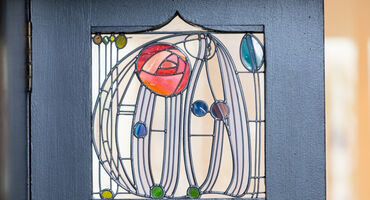Historic Glasgow
Historic Glasgow
Discover Glasgow's wide and varied history, from its Dark Age roots and the Medieval City, to the legacy of the Victorian period and beyond.
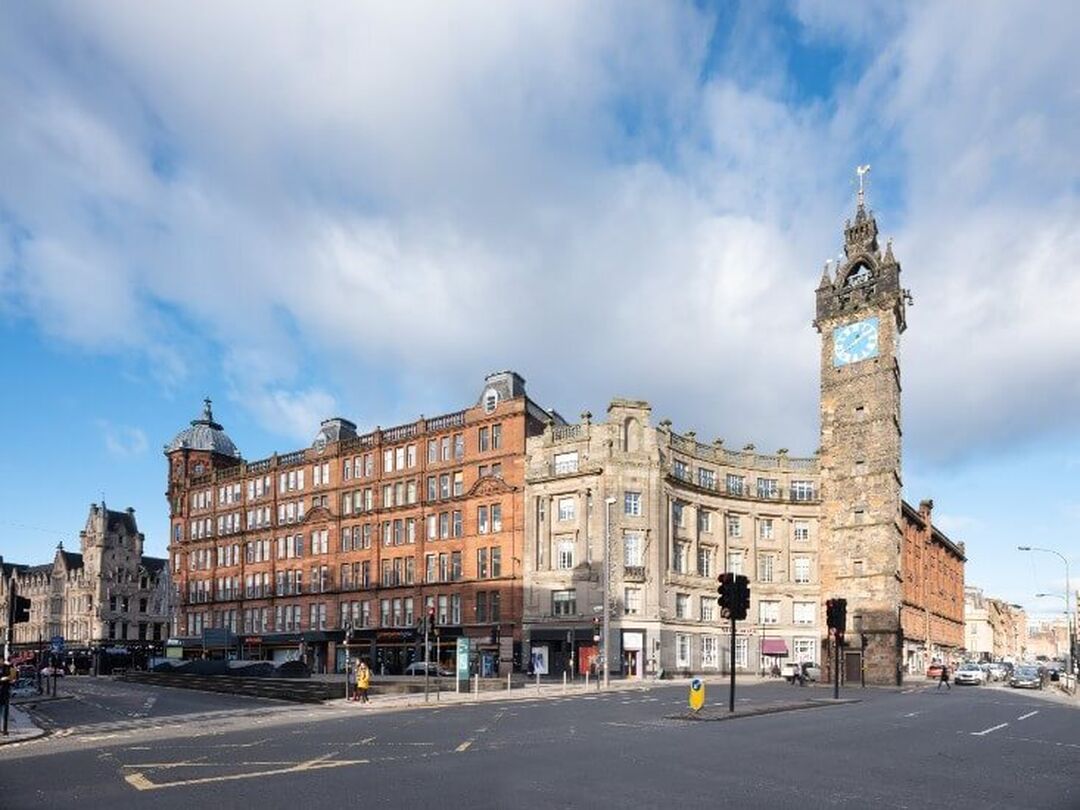
Historic Glasgow is a celebration of Glasgow's rich local history and heritage, inviting you to discover the city's wide and varied history, from its Dark Age roots to the Medieval City, from the Merchants' City to the legacy of the Victorian period and beyond.
The city’s historical legacy is held in many different places; museums and art galleries, libraries and archives, historic buildings, parks and gardens, rivers and canals from its archaeology to its architecture. Glasgow is a vibrant and cosmopolitan place with a wealth of cultural heritage to explore.
Discover the vibrant history of the city and explore its past through the key themes of the city's history.
Medieval city
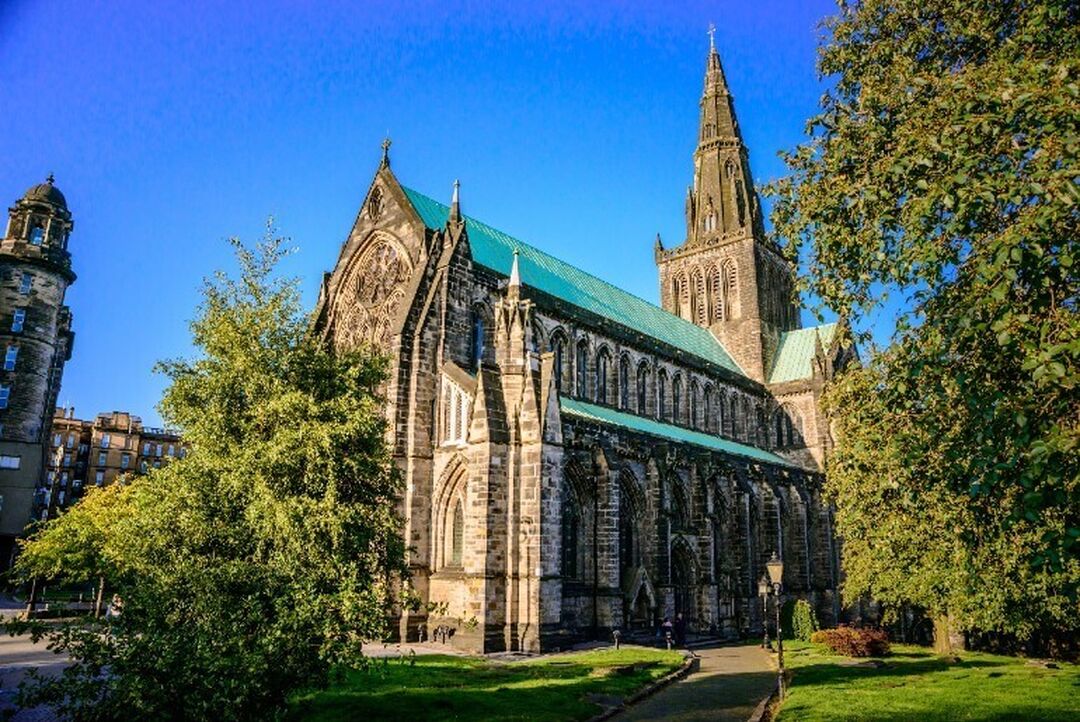
The beginnings of medieval Glasgow start around 1119 with the building of the Cathedral on the site of St Kentigern’s first church, the patron saint of Glasgow.
Medieval Glasgow ran from the River Clyde, up through the Saltmarket, along High Street and up to the Cathedral. The recent development of the High Street area has led to archaeological excavation, which has uncovered many hidden gems, giving us a better understanding of Glasgow as a medieval burgh.
The medieval landscape of buildings such as the Bishop's Castle, the Auld Pedagogy, the Black and Greyfriars and the Old College, which dominated the medieval High Street for hundreds of years, now lie hidden beneath Glasgow’s Victorian architecture and new developments. Although gone, look around and you'll still see references to the city's history, whether it's the "Old College Bar" or "Blackfriars" free house.
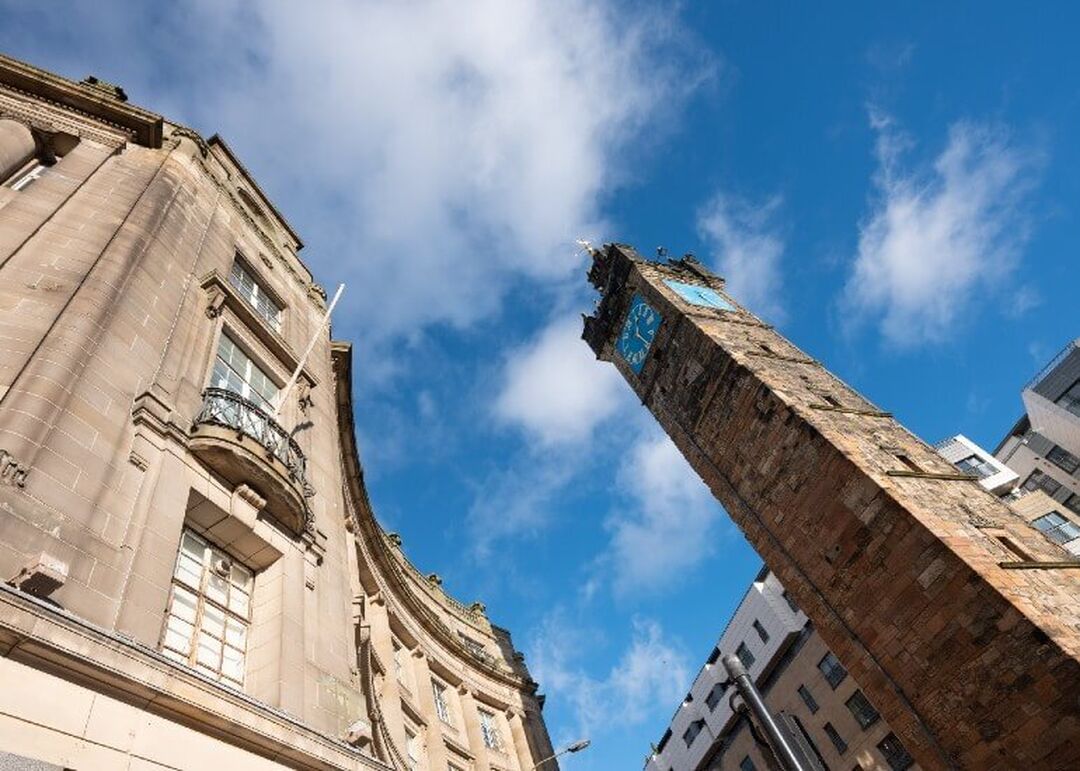
However, the city’s remaining medieval architecture, such as Glasgow Cathedral, Crookston Castle, Provand's Lordship, Provan Hall, the Trongate and Tolbooth Steeple can be still be visited today, while the hidden medieval city can be explored through the Medieval City Map.
Discover the historical heritage of Glasgow's High Street by checking out Glasgow City Council's Historical Banners Trail.
Glasgow's coat of arms also has medieval and earlier roots with the fish and the bird appearing in the 13th century and all of the symbols first appearing together in the 15th century. Intertwined closely with St Mungo (the city's patron saint), read more on the story of Glasgow’s coat of arms and visit the coat of arms digital map to find out where in the city you can spot it, whether in engravings, stained glass windows or ornate lamp posts.
Built Heritage
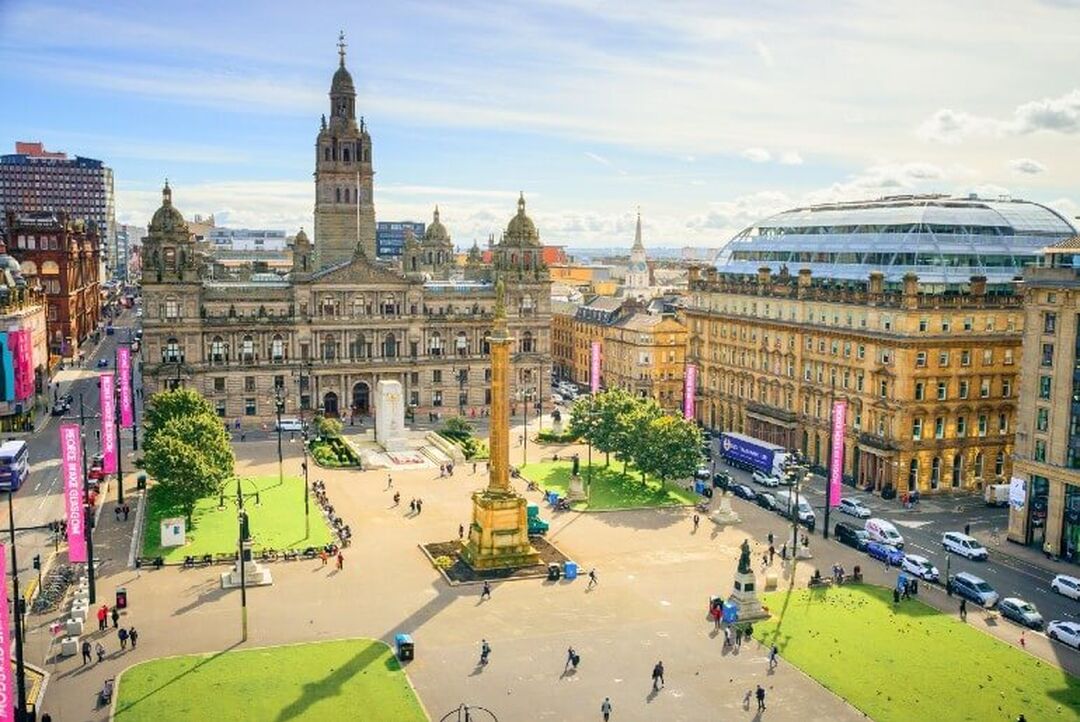
Glasgow is one of the United Kingdom’s most important historic cities with many listed buildings by architects of world renown. Much of Glasgow’s past and its present are expressed in these exceptional buildings, many of which are listed and protected.
The celebrated author and spy Daniel Defoe (1660-1731) described Glasgow in glowing terms.
“The four principal streets are the fairest for breadth and the finest built that I have ever seen in one city together. With the exception of London, ‘tis the cleanest and beautifullest and best built city in Britain."
Daniel Defoe
One of the oldest buildings in Glasgow is the Cathedral, several parts of which date from the early 12th Century. Although an early Christian sarcophagus, dating from 576 AD, can be found within another listed church, Govan Old Parish Church. These buildings along with 1,800 other structures within the city are listed by Historic Scotland to protect them for future generations. Other famous listed buildings within the city include Central Station, Glasgow City Chambers, The University of Glasgow, The Trades House of Glasgow and Kelvingrove Art Gallery and Museum. Tours are available at many of these venues.
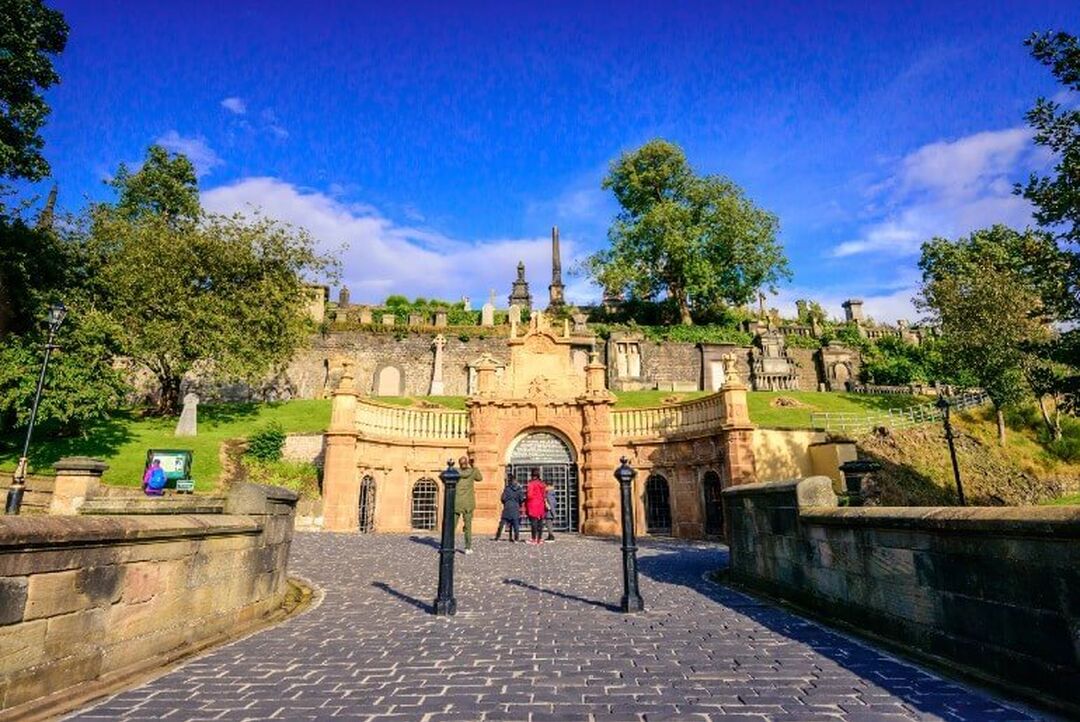
The largest areas covered by single listings are Glasgow’s 4 Necropolises. The Glasgow Necropolis was based on Père-Lachaise in Paris and contains the mortal remains of some of the city’s leading citizens housed in ornate Victorian splendour. Many of the foremost architectural practices of the day were employed to design the magnificent mausoleums and gravestones in a wide variety of architectural styles.
Throughout the city, monuments play an important role in the makeup of the city's built heritage. The first major municipal monument in the UK to be erected to commemorate Nelson’s victory at the Battle of Trafalgar stands on Glasgow Green. The huge obelisk was designed by Glasgow’s leading architect of the day, David Hamilton, in 1806.
Glasgow is also home to many religious buildings including Glasgow Cathedral, Garnethill Synagogue, the Glasgow Central Mosque and the Glasgow Gurdwara.
Glasgow's housing has taken many forms over the years with many still in existence such as tenements, Georgian, Victorian and Edwardian terraces and villas and more recently post-war housing including high rise flats and 'new towns' on the outskirts of the city.
Most people are now familiar with the work of Charles Rennie Mackintosh, Alexander “Greek” Thomson and Robert Adam but there are over 400 architectural practices and individuals which have contributed to the city's listed heritage, with many contributing to Glasgow's position at the forefront of the use of pioneering materials and techniques in the building process in past centuries.
Archaeology in the city
Have you ever wondered what lies beneath your feet? The city of Glasgow has a wonderful array of hidden gems for you to discover. Various recent developments have led to archaeological excavations taking place and uncovering the history of the city.
The earthwork on Camphill within Queens Park lies beneath the highest point on the park grounds and is of uncertain date and purpose, although suggestions are that it is medieval or Roman in origin. Two other earthworks can be enjoyed within Pollok Country Park and are situated within the North Wood.
Explore the Antonine Wall stretching from Old Kilpatrick in the west to Bo’ness in the east. 2008 saw the inscription of this most northern frontier of the Roman Empire by UNESCO as a World Heritage Site. Some of the wall lies within the Glasgow city boundary but most of the wall stretches from east to west and can be reached by car. Objects from the wall can be seen by visiting the University of Glasgow’s Hunterian Museum.
19th century Govan Old Parish Church is set within an ancient graveyard. You can visit the church which holds the five surviving hogback carved gravestones, as well as a set of 31 carved stones dating from the 9th to the 11th centuries. The church is open between spring and autumn to the public.
Explore Crookston Castle, the second oldest building in the city and Glasgow’s last surviving castle, making it one of the most interesting buildings of medieval architecture. Legend has it that Lord Darnley and Mary Queen of Scots sat beneath an ancient yew tree which once lay in its grounds. Finds from an excavation of the site can also be seen at the University of Glasgow’s Hunterian Museum.
Important organisations for information on archaeology sites are: West of Scotland Archaeology Service, Royal Commission on the Ancient and Historical Monuments of Scotland and Glasgow Archaeology Society.
Heritage Trails
From the Iron Ages to the modern day, Glasgow has a rich and diverse history to be discovered. Many maps, tours and trails have been developed to enable you to explore the city and discover its history and archaeology in person.
Whether you are interested in the early ages, the medieval period, local history, built heritage or the natural heritage of Glasgow’s landscapes and parks- you will find an easy to follow heritage trail that you can enjoy. Head over to Glasgow City Council's website for the full list of walking trails as PDFs, and download the Glasgow Walking App on iOS.
Local History
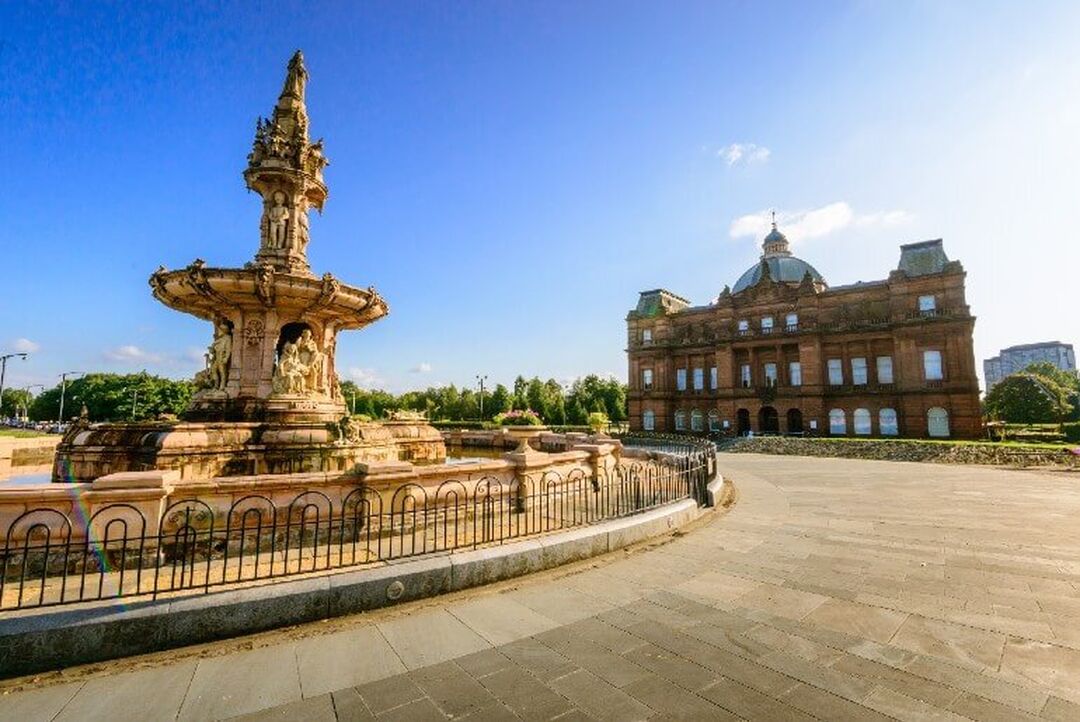
Glasgow has a rich and diverse local history, shaped by shipbuilding, railways, landscaped gardens, allotments, archaeology, architecture, immigration and more. The history is all around the city and Glaswegians are proud of their diverse history, giving them a sense of pride and identity in their city.
You can explore the city's history through collections of photographs, archives and maps held in the Mitchell Library and find out about how Glaswegians lived in the past at The People's Palace Museum.
Why not get out and about and join one of the many heritage trails and tours around the city (more info on the city council's website) or discover the stories behind the many sculptures, plaques and monuments around Glasgow. Celebrate the unique cultural and social history of Glasgow through the cities festivals, exhibitions and events.
Many areas within Glasgow have their own conservation groups, links to these can be found on the Local History Links page. One of particular interest is the Old Glasgow Club, a group set up in the city in 1900 to allow members to discuss and disseminate information on the city and its history - visit the Old Glasgow Club's website.
There are other smaller local museums in Glasgow - these often have a specific focus such as the Glasgow Police Museum and The National Piping Centre.
The Irish and Highland famine Memorial Exhibition
Glasgow City Council has created a memorial garden within Glasgow Green, as a place of peace, reflection and remembrance, commemorating those who sought refuge in Glasgow at the time of the Irish and Highland Famine. The garden design reflects the ideas contributed by young people and communities across the city: pathways symbolising journeys; the use of traditional stone to reflect the native rural landscapes of the refugees; and ships, used to carry people to and from Glasgow. An accompanying exhibition further explores the issues and events surrounding this period in our history.
Historic Landscapes
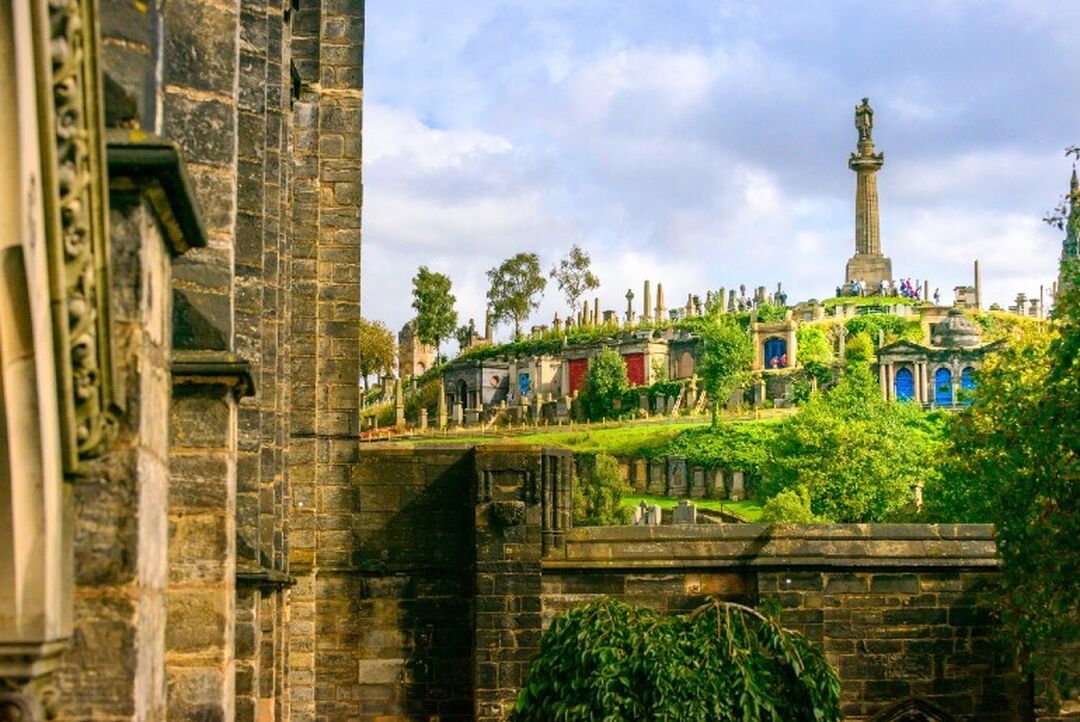
The name Glasgow is thought to derive from the Brythonic Celtic “Cleschi” meaning “Dear Green Place”. The city is located on the broad valley floor of the River Clyde. There are hills to the north, north-west and south which provide a backdrop and beautiful views.
The River Clyde bisects the city from east to west. Its tributary the River Kelvin is locally important in the north-west as is the White Cart in the south-west. The topography is generally low lying except where there are drumlins. These small hills, of which there are approximately 180, were formed as a result of glacial activity.
Many have been built on and, not surprisingly, they form many of the city’s landmarks. Garnethill, Park Circus, Partickhill, and Blythswood are important examples north of the river as are Queen’s Park and Mount Florida to the south. The drumlins have significantly influenced the alignment of roads and railways.
The city originally grew from an ecclesiastic settlement on the banks of the Molendinar Burn spreading down the High St towards the River Clyde.
As Glasgow grew rapidly during the Industrial Revolution, this resulted in high density living environments that took their toll on the health of the city’s inhabitants. As a result, the city fathers and wealthy residents focused their attention on city improvements. Extensive parks and boulevards were laid out and public squares and communal gardens were incorporated in redevelopment and expansion schemes. Private gardens and institutional grounds were extensively landscaped and focal points and sculptural features were located throughout the city. The majority of the mature trees within the city were planted during this era.
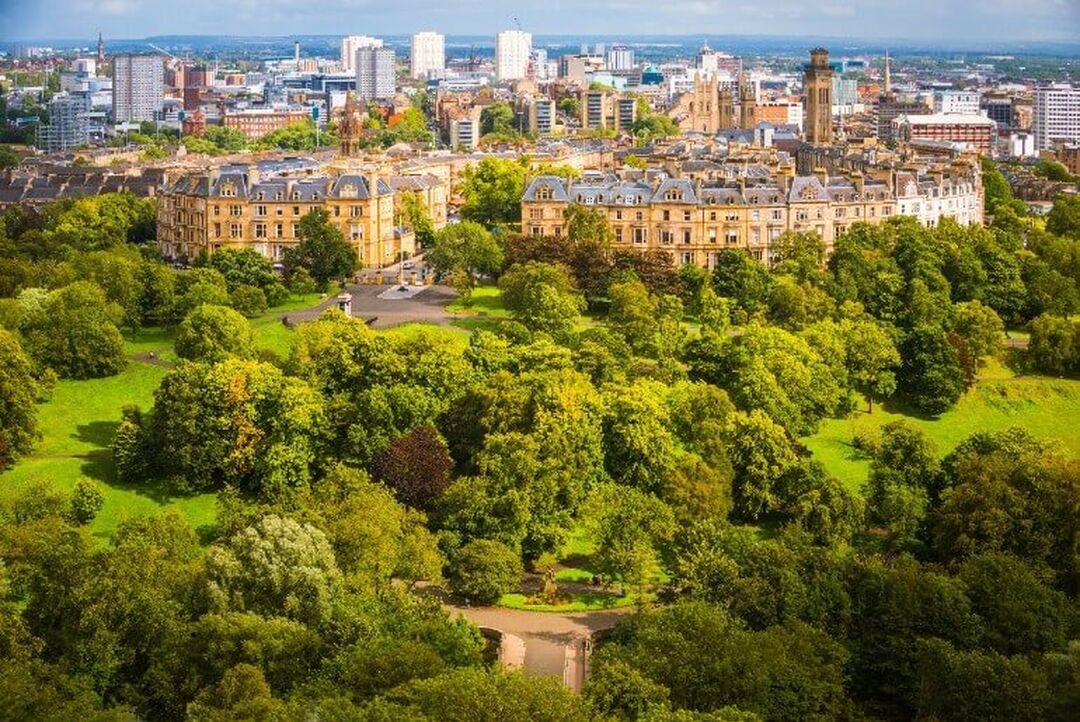
The city’s historic landscape also encompasses several large Necropolises, the rural setting on the urban fringe which includes the Antonine Wall running along the city’s northern boundary; several historic sports grounds such as Hampden, Ibrox and Parkhead and also the Forth and Clyde Canal.
Trees and woodlands form an important part of the city’s historic landscape. The trees have born witness to a large number of significant events within the city’s history. If you want to know more, Fossil Grove is an example of the survival of some of Glasgow's ancient trees in fossil form.
Glasgow's geological landscape is diverse and mining for substances such as coal, iron and lead was widespread in the nineteenth and early twentieth centuries. Collieries included Cardowan Colliery, formerly in Stepps.
Glasgow's landscapes have impacted the city's history and vice versa. Many of these diverse environments can be enjoyed all year round by following many of Glasgow's Heritage Trails and alternative routes including many that acknowledge the city's natural heritage.
Govan
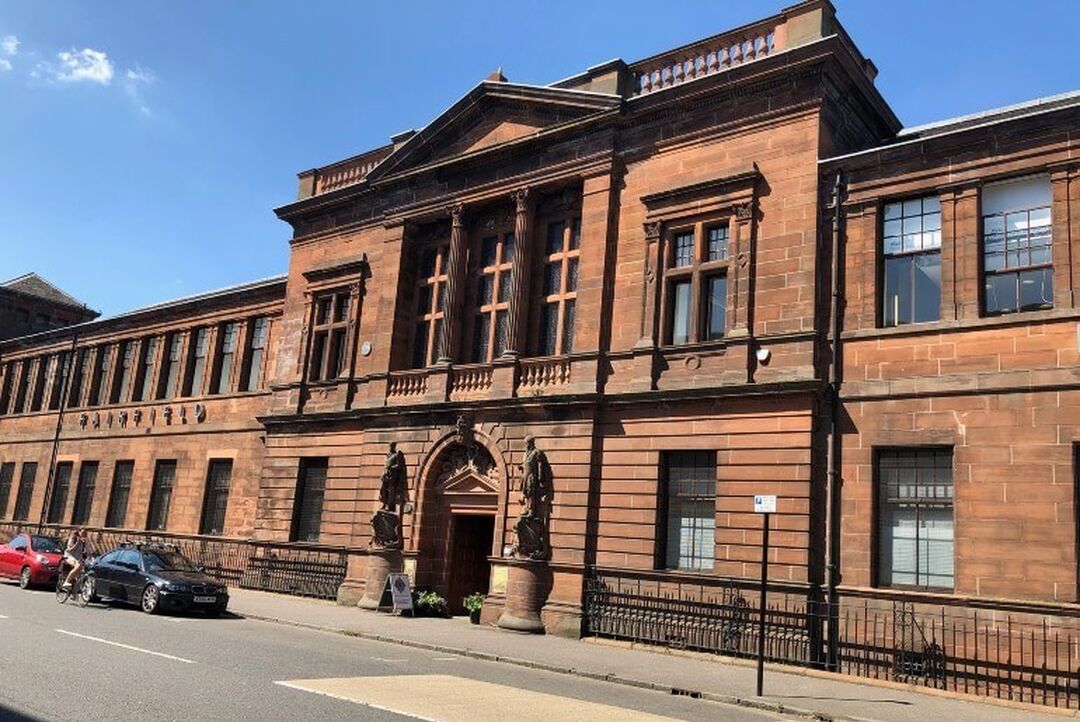
Credit: Fairfield Govan Facebook
From the Dark Ages Govan has been an important place situated next to the River Clyde. Its history is complex and intriguing from very early times, from the Govan Sarcophacus and Hogbacks now situated within Govan Old Parish Church, to its relationship with Doomsterhill and Partick’s royal burgh.
The ecclesiastical history of Govan dates back to the early monastery founded by Constantine around 565 AD. It was not until around 1147 that the name of Govan was historically recorded when King David 1 gave to the Church of Glasgu, "Guven" with its 'marches free and clear for ever'. It was during this period that the church in Govan was made a prebend of Glasgow Cathedral in or around 1153.
In the middle ages, Govan was primarily an agricultural village, but as drift coal mining in the 16th century became more prominent in the Craigton and Drumoyne areas, Govan's flourishing industries grew. By the 18th century Govan was known for its handloom weaving industry along with its associated skills of bleaching, dyeing and spinning village. The Govan Weavers Society was formed in 1756 as a guild of master weavers, holding their annual parade in June which today is known as Govan Fair Day.
In 1759, the Clyde Navigation Act was passed due to the increase in trade with the Americas, and the task of deepening the river began. Glasgow’s merchants realised that there was a desperate need to get ships further up the shallow River Clyde. Exploiting the natural resources of the river, Govan grew steadily from then on.
By the 1790s the agricultural and then the industrial revolution began, having a profound effect on Govan. The population grew from 2,500 in the early 19th century to over 90,000 one hundred years later. The reasons for this were shipbuilding and immigration from the highlands of Scotland and Ireland, looking for work in the shipyards. In 1841, Robert Napier laid out his shipyard and the first of the Cunarders was launched. In 1864, in recognition of its importance as a centre of commerce and industry, Govan was granted Burgh status and became the fifth largest Burgh in Scotland.
Changing economic conditions after 1945 led to a dramatic decline in the shipbuilding industry. Many of the yards were forced to close and today only one remains operative - the yard that was formerly Fairfield's. The influence of Govan's shipbuilding industry is a profound one that is still felt today. All around Govan today you may see the remains of the built heritage, the legacy of the yard owners, and the yards and docks themselves- visible reminders of the burgh's great industrial heritage. This is especially evident within Elder Park, with its library, Lady Elder's Statue and other monuments.
Family History
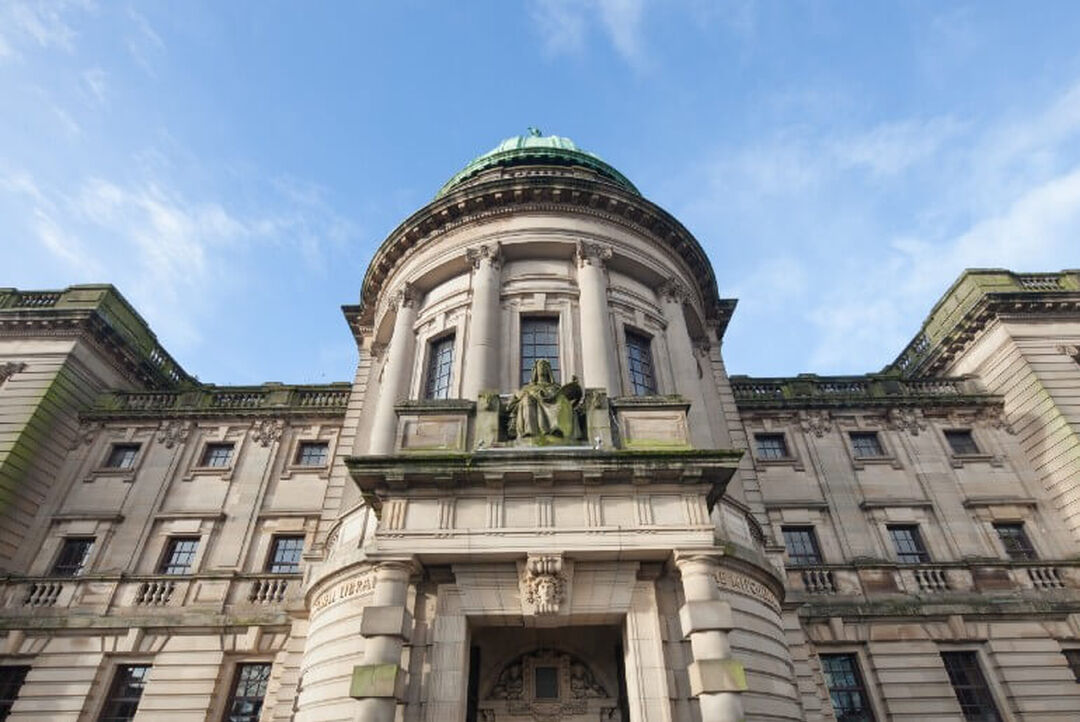
Recently there has been much interest in family history from those living in Glasgow or from those who have had roots in the past within Glasgow.
Family history is not just about trying to find the names of your ancestors, but about understanding the world in which they lived. Whether your family have come from humble beginnings or had an affluent background, there is a wealth of information you can find to gather a picture together of how your ancestors lived.
In the 19th and 20th centuries, Glasgow’s population grew due to the highland clearances, industrialisation and the Irish potato famine. Within a short period of time overcrowding within Glasgow’s housing became an increasing problem for the city fathers, conditions were documented by Thomas Annan’s photographic work. For the majority, immigration to a new country was seen as an opportunity and an alternative to living in slum conditions. Many people wanted a better life for themselves and their families and were encouraged to take the perilous passage by ship to America, Canada and Australia in search of a better life.
You can find Census records, Parish Records, Poor Law Records and Burial Records which can all be accessed to find birth, death and marriage records. Archives can be accessed to find information on buildings, workplaces, newspapers, maps etc. Start your research with a visit to the Glasgow Genealogy Centre's website.
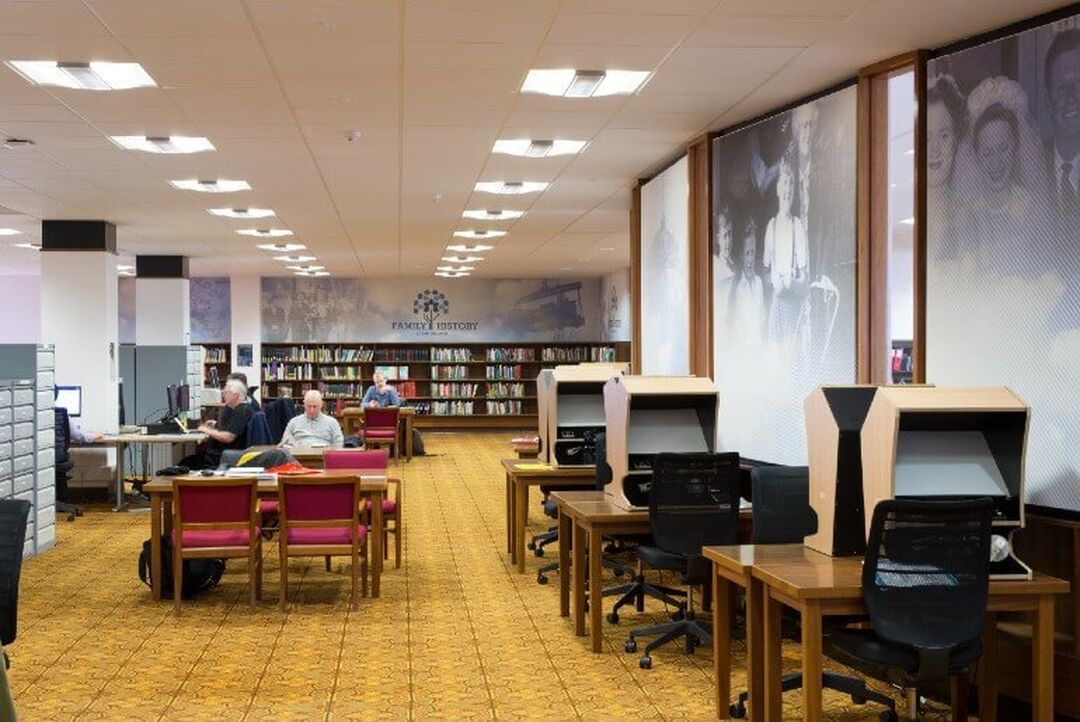
Family history information within Glasgow can be accessed at the Mitchell Library. They provide a one stop shop for anyone looking for their ancestors within the Glasgow area. Their new website provides information from registers of birth, death and marriage, census records from 1841, images of Glasgow and lots more.
The Virtual Mitchell and Glasgow Museums Photographic Library can provide images of people and places in Glasgow. Thomas Annan’s Images can give you an insight into how working class Glaswegians lived before the 1866 Improvements Act and Scottish screen can also provide you with film of everyday life in Glasgow. Visit the Mitchell Library website and the Glasgow Museum's Photography Library website.
River and our city
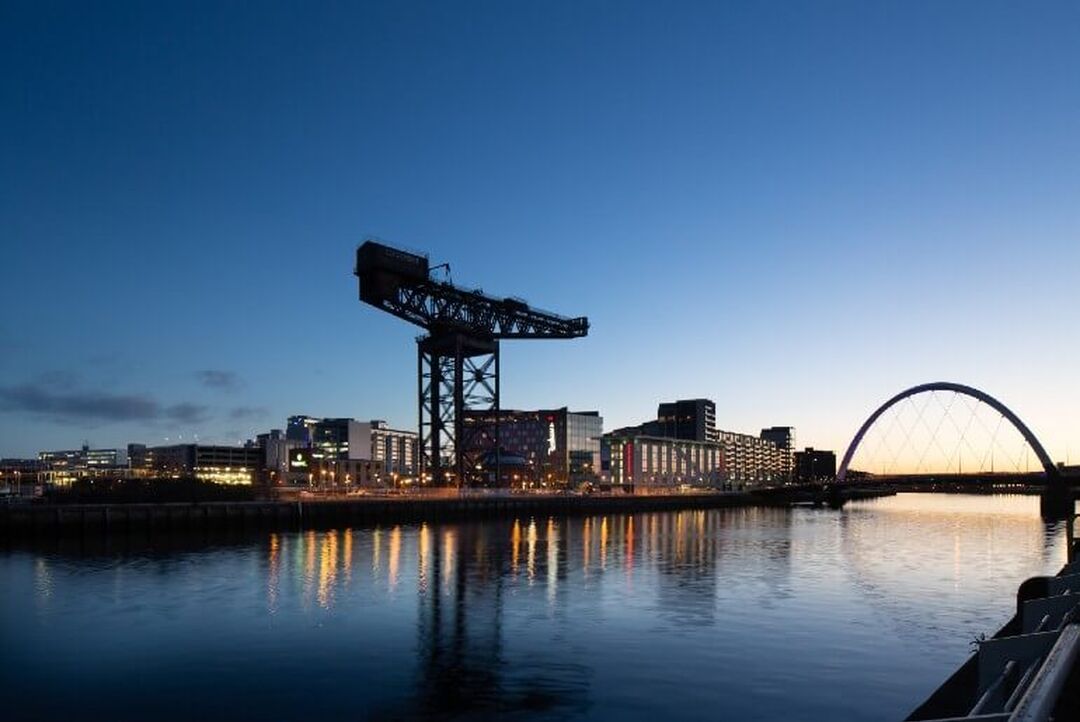
The River Clyde has always played a hugely important role for the city of Glasgow and its surroundings. It has offered its changing residents water, a means of transport and access to the city and a platform for trade and industry. As the well known saying goes- 'Glasgow made the Clyde and the Clyde made Glasgow.'
Evidence of pre-historic fishing communities exists with Stone Age canoes having been unearthed along the banks of the river. Later it is believed that Celtic Druids traded with the Romans who travelled to and from Glasgow using the Clyde. In the sixth century St. Mungo, Glasgow's patron saint, established his church on a tributary of the Clyde.
Glasgow's situation on the Clyde led to the city becoming a hub of trade and later shipbuilding. By the seventeenth century trade in things such as tobacco took place although the accessibility of the city to larger vessels was restricted by the shallow depth of the river in parts. Deepened in the early nineteenth century, the Clyde then enabled Glasgow to be known as 'the second city of The Empire' with international trade vastly increasing.
The Clyde's importance to Glasgow changed in the twentieth century from facilitating trade to becoming home to the shipbuilding industry in Scotland. Although shipbuilding has declined in recent years, it still exists and the banks of the river have been redeveloped with an additional residential and commercial character.
World heritage
The UK National Commission for UNESCO highlights and supports sites that are of great importance to world heritage. Scotland's history is diverse and as such 13 sites are recognised and supported by UNESCO. These include The Heart of Neolithic Orkney, St. Kilda, the Antonine Wall, New Lanark, the Forth Bridge and Edinburgh's Old and New Towns.
Glasgow is a UNESCO City of Music. In 2021, in a world first, Scotland's UNESCO sites were brought together to form a trail - discover more about each of these 13 wonders and the UNESCO trail at visitscotland.com.
"Scotland has a unique contribution to make to UNESCO’s vision of building peace, eradicating poverty and promoting sustainable development and intercultural dialogue through education, the sciences, culture and communication."
UNESCO
Accessible Glasgow
For a practical itinerary to enjoy an accessible and historic day in Glasgow, see the itinerary created by Euan's Guide online - a disabled access review website featuring reviews by disabled people, their families and friends.
Download Euan's Guide's historical Glasgow accessible itinerary.
Article last updated: June 2022



